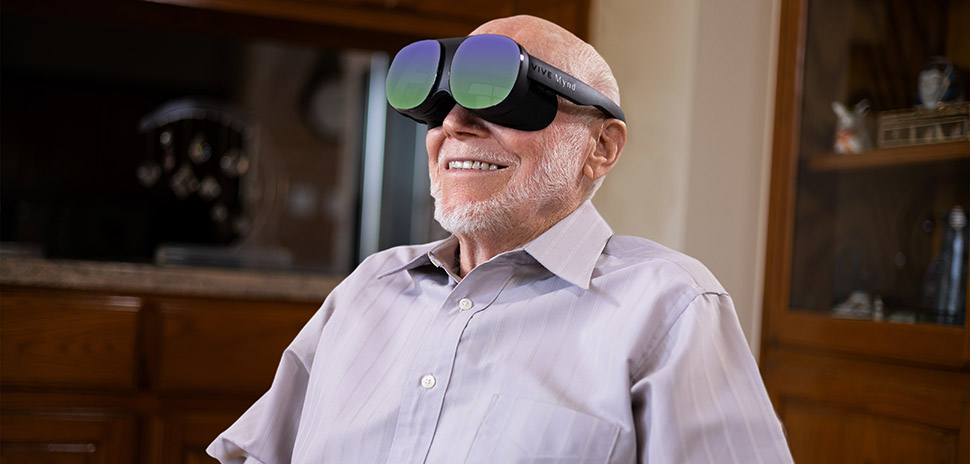Construction of a huge particle detector in South Dakota could lead to a change in how we understand the universe, and scientists from the University of Texas at Arlington and Southern Methodist University in Dallas will play roles in helping to unlock the mystery of neutrinos.
Ground was broken a mile underground recently at the Sanford Underground Research Facility at the Homestake Gold Mine in Lead, South Dakota for the Long-Baseline Neutrino Facility (LBNF) that will house the Deep Underground Neutrino Experiment (DUNE).
SMU physicist Thomas E. Coan, and UTA Physics professors Jonathan Asaadi and Jaehoon Yu will be among scientists from more than 100 institutions around the world who will be involved in the experiment.
DUNE will be constructed and operated at the mine site by a group of about 1,000 scientists and engineers from 30 nations.
“DUNE is designed to investigate a broad swath of the properties of neutrinos, one of the universe’s most abundant but still mysterious electrically neutral particles.”
Thomas E. Coan
The Homestake Mine was the location where neutrinos were discovered by Raymond Davis Jr. in 1962. It was the the largest and deepest gold mine in North America until its closure in 2002.
LBNF/DUNE will be the biggest experiment ever built in the U.S. to study the properties of neutrinos, one of the fundamental particles that make up the universe.
“DUNE is designed to investigate a broad swath of the properties of neutrinos, one of the universe’s most abundant but still mysterious electrically neutral particles,” Coan said in the release.
These puzzling particles are similar to electrons, but they have one huge difference — they don’t carry an electrical charge. Neutrinos come in three types: the electron neutrino, the muon, and the tau.
What is the experiment’s goal? Coan said it seeks to understand strange phenomena such as neutrinos changing identities in mid-flight — known as “oscillation” — as well as the behavioral differences between a neutrino and its anti-neutrino sibling.
“A crisp understanding of neutrinos holds promise for understanding why any matter survived annihilation with antimatter from the Big Bang to form the people, planets, and stars we see today,” Coan said in the release. “DUNE is also able to probe whether or not the humble proton, found in all atoms of the universe, is actually unstable and ultimately destined to eventually decay away. It even has sensitivity to understanding how stars explode into supernovae by studying the neutrinos that stream out from them during the explosion.”
Coan also is involved in another massive particle detector in northern Minnesota knows as NOvA, where he is a principal investigator.
NOvA is a similar neutrino experiment collaboration of the U.S. Department of Energy’s Fermi National Accelerator Laboratory that is designed to observe and measure neutrinos’ behavior.
“We’re trying to understand the fundamental nature of matter and antimatter asymmetry.”
Jaehoon Yu
UT Arlington’s Yu was excited as he arrived at the groundbreaking site last week, he told the Fort Worth Star-Telegram.
“We’re exploring the most fundamental nature of the universe,” he told the newspaper in a phone interview. “We’re trying to understand the fundamental nature of matter and antimatter asymmetry.”
THE BEAM OF NEUTRINOS WILL TRAVEL 800 MILES
Here’s how DUNE will work.
The DOE’s Fermi National Accelerator Laboratory just outside Chicago, Illinois will generate a beam of neutrinos and send them 800 miles through the Earth to the Homestake Gold Mine’s Sanford Lab, where a four-story-high, 70,000-ton detector will be built beneath the earth’s surface to catch the neutrinos, SMU said.
All that will happen in the blink of an eye. Scientists then will study the interactions of the neutrinos in the detector in hopes of better understanding how the particles change as they travel that distance.
The release said that the experiment’s scientists also will look for the differences in behavior between neutrinos and their antimatter counterparts called antineutrinos. That could give them clues about the why the visible universe in dominated by matter, SMU said.
“We have a puzzle in physics,” Asaadi told the Star-Telegram. “We have evidence of dark matter. The problem is we’ve yet to detect dark matter.”
Funding for DUNE’s construction and research comes from the Department of Energy in conjunction with the European research center CERN and international partners from 30 countries, SMU said.

Diagram of the Deep Underground Neutrino Experiment. [Illustration: SMU Research]

































